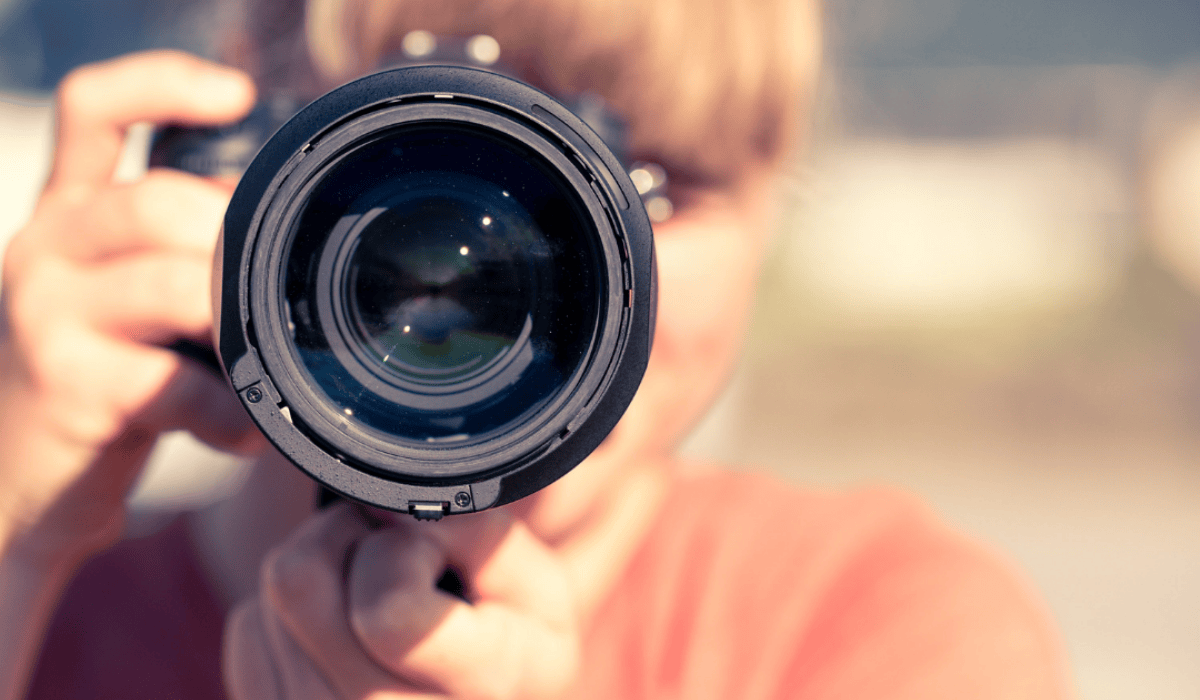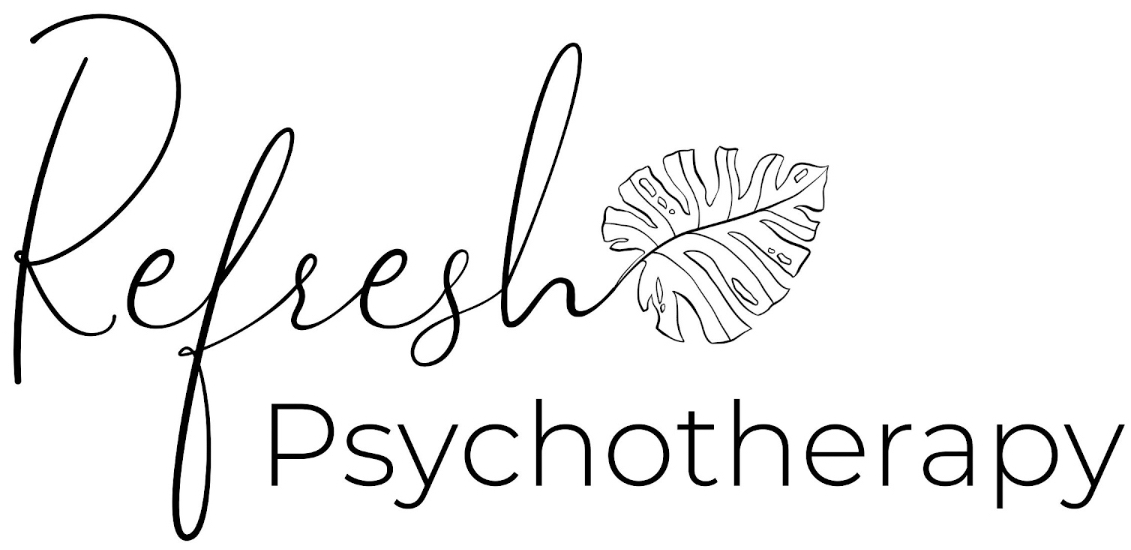
Camera-Ready Pressure: Managing Appearance Obsession Born from Constant On-Screen Reflection
Before the rise of remote work, most adults went through their day without seeing their own face more than once or twice. But since the shift to video-based communication, it’s now routine to have multiple hours of daily exposure to your own image. For many, this repeated self-view has triggered something deeper than annoyance—it’s activated a full-blown obsession with appearance.
This experience is now so common that it’s earned a name: Zoom dysmorphia—a term coined during the pandemic to describe the uptick in cosmetic dissatisfaction and body image distortion caused by constant video conferencing. But this isn’t just about vanity or self-absorption. It’s about the way prolonged self-surveillance alters our relationship with identity, confidence, and mental health.
From a therapist’s perspective, appearance obsession born from constant on-screen reflection is a modern mental health concern rooted in body surveillance, perfectionism, and chronic self-monitoring. It disproportionately impacts people in client-facing roles, those with marginalized identities, and individuals who already carry a complicated relationship with their body or image. In this article, we’ll explore how this phenomenon develops, its impact on emotional well-being, and evidence-based strategies to reconnect with your sense of self—without needing to disappear from your screen or your life.
How We Got Here: The Age of Self-View
It’s worth remembering that evolution did not prepare us to constantly monitor ourselves in real time. Before the digital era, people primarily saw their reflections in mirrors—briefly, occasionally, and usually in private. The webcam changed that. Now, when you’re in a meeting, you’re not just paying attention to what’s being said. You’re also watching yourself nod, smile, squint, frown, or shift. You’re both performer and audience.
Over time, this dual role alters how we experience ourselves. What might begin as mild self-consciousness can turn into ongoing appearance anxiety—where you’re constantly evaluating whether you look tired, unprofessional, aging, bloated, or disheveled. For individuals with perfectionistic tendencies or high self-monitoring, this experience becomes emotionally exhausting and psychologically disruptive.
The Psychology of Seeing Yourself Too Often
Research shows that increased exposure to one’s own image is associated with heightened body dissatisfaction and negative self-evaluation (Ratan et al., 2021). The phenomenon of body surveillance—viewing oneself as if through the eyes of others—has long been studied in feminist psychology and body image research. It’s linked to reduced cognitive functioning, poor emotional regulation, and even increased risk for disordered eating and depressive symptoms (Grabe et al., 2007).
From a therapeutic standpoint, frequent self-view often reinforces maladaptive core beliefs such as:
- “My worth is based on how I look.”
- “People won’t take me seriously unless I appear polished.”
- “I’m only successful if I look a certain way.”
These beliefs aren’t just irrational—they’re culturally reinforced. Western society prizes aesthetic control and links personal discipline with appearance. The camera, then, becomes both mirror and microscope: a place where identity is constantly edited, compared, and critiqued.
Zoom Dysmorphia Is a Mental Health Issue
Zoom dysmorphia isn’t a vanity issue—it’s a visibility issue. When your job, social life, or education depends on being “camera-ready,” it creates internal pressure to manage not just your image but how you feel about your image.
A 2021 survey of cosmetic surgeons found a sharp rise in patients citing video calls as a motivation for seeking aesthetic procedures—especially among those who had never before expressed concern about their appearance (Rice et al., 2021). The same report noted that many patients didn’t recognize that their self-image was being distorted by angle, lighting, lens curvature, and screen fatigue.
As therapists, we often see this manifest in increased reports of:
- Perfectionism and productivity anxiety
- Body image dissatisfaction and preoccupation
- Heightened social anxiety and avoidance behaviors
- Intrusive self-critical thoughts
- Fatigue from maintaining a “work face” even at home
These symptoms don’t meet the clinical threshold for Body Dysmorphic Disorder (BDD) in every case—but they represent real emotional suffering that deserves attention and care.
Why Some People Are Affected More Than Others
People of all genders experience appearance pressure, but women, BIPOC professionals, trans and nonbinary individuals, and anyone who deviates from Eurocentric beauty norms are more vulnerable. For these individuals, the camera doesn’t just reflect a face—it reflects years of internalized scrutiny, cultural trauma, and invalidation.
In therapy, this often sounds like:
- “I feel like I have to look perfect to be taken seriously.”
- “I worry about looking too masculine/feminine/queer/ethnic/young/old.”
- “I hate seeing my face because it reminds me of how I was bullied.”
- “I obsess over how much I’ve aged since switching to remote work.”
These aren’t superficial concerns. They speak to the intersection of identity, safety, and survival. When your livelihood depends on being palatable to others—especially through a screen—your brain adapts by monitoring your image more intensely. This is not vanity. This is vigilance.
Therapeutic Strategies to Address Appearance Obsession
As therapists, we don’t treat the camera—we treat the emotional relationship people have with it. Here are several clinical strategies clients find helpful when managing camera-triggered appearance anxiety:
1. Turn Off Self-View—Routinely
Platforms like Zoom now allow users to hide their own image while remaining visible to others. Using this function isn’t avoidance—it’s regulation. Reducing constant self-view can immediately decrease body surveillance and improve focus and presence.
2. Use CBT Techniques to Challenge the Inner Critic
Identify and reframe distorted thoughts like “I look unprofessional,” “Everyone is staring at my acne,” or “No one will take me seriously if I look tired.” Ask: What’s the evidence for this? What would I say to a friend who felt this way? Over time, this loosens the hold of shame-based beliefs (Beck, 2011).
3. Implement Rituals That De-Center Appearance
Start and end calls with grounding activities that bring attention back to sensation or intention—e.g., stretching, breathing, listing what you value about the meeting beyond how you appear.
4. Set Boundaries Around Video Use
Not every meeting requires a face. Offer phone calls when possible, and normalize “camera off” days in teams or social groups. Reducing the frequency of on-camera exposure reduces chronic overactivation of appearance monitoring systems.
5. Explore Emotionally-Rooted Associations with Appearance
In psychodynamic or integrative therapy, clients often uncover early experiences (bullying, criticism, family modeling) that shaped their beliefs about appearance. Processing these associations helps break the emotional link between image and identity.
6. Reconnect With the Body from the Inside Out
Somatic interventions—such as grounding, mindful movement, or breathwork—can help retrain the nervous system to experience the body as a resource, not just an object. This is especially effective for clients with trauma histories.
7. Redefine “Professionalism” and Self-Worth
Therapy can help clients dismantle internalized capitalism and ableism—beliefs that link productivity, polish, or attractiveness with moral or social value. Redefining success around authenticity, presence, and contribution is liberating and protective.
How Therapy at Refresh Psychotherapy Can Help
At Refresh Psychotherapy, we recognize that modern life brings new challenges—and constant self-view is one of them. If you’ve noticed increasing anxiety, self-criticism, or emotional exhaustion from seeing yourself on screen, you’re not alone. Our therapists specialize in helping adults untangle performance pressure, body image issues, and self-worth from external metrics. Through collaborative, evidence-based care, we’ll support you in reclaiming your time, your energy, and your sense of self—from the inside out.
Written by: Keeley Teemsma, LCSW, MA
Works Cited
Beck, J. S. (2011). Cognitive Behavior Therapy: Basics and Beyond (2nd ed.). The Guilford Press.
Grabe, S., Ward, L. M., & Hyde, J. S. (2007). The Role of the Media in Body Image Concerns Among Women: A Meta-Analysis of Experimental and Correlational Studies. Psychological Bulletin, 134(3), 460–476.
Porges, S. W. (2011). The Polyvagal Theory: Neurophysiological Foundations of Emotions, Attachment, Communication, and Self-regulation. W. W. Norton & Company.
Ratan, R. A., Beyea, D., & Li, B. J. (2021). Zooming in on Zoom Dysmorphia: Exploring the Impact of Prolonged Self-Viewing on Body Image. Psychology of Popular Media. https://doi.org/10.1037/ppm0000380
Rice, S. M., Siegel, J. A., Libby, T. A., et al. (2021). Zooming into Cosmetic Procedures During the COVID-19 Pandemic: The Provider’s Perspective. Facial Plastic Surgery & Aesthetic Medicine, 23(3), 161–167.
